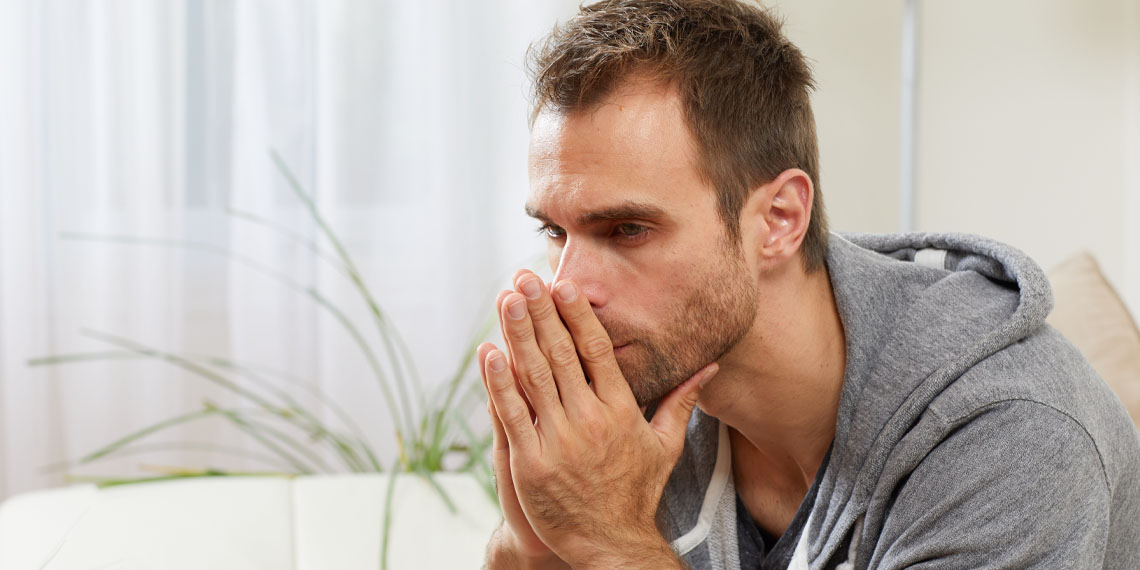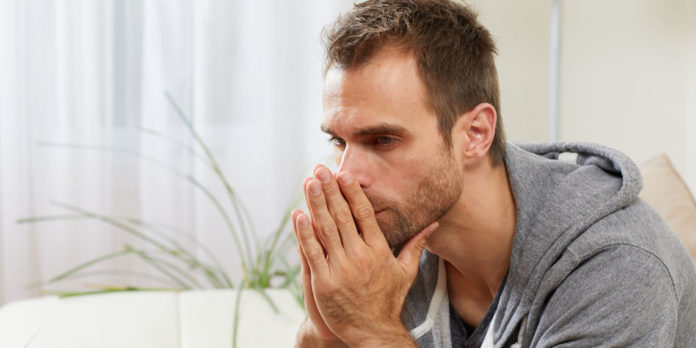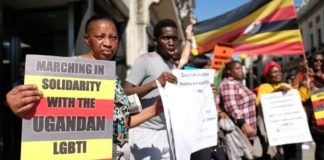
New findings published in the European Journal for Social Psychology provide evidence that there is a systematic bias in how female and male bisexuality is perceived. The study found that bisexual men are commonly viewed as being more attracted to men than women, while bisexual women are viewed as being equally attracted to both genders.
Despite research confirming the existence of bisexual orientations, bisexual people still face stigma and doubts about their sexuality. The scientists behind the new study sought to obtain a better understanding of biased beliefs about the attraction patterns of bisexual individuals.
“My research interests usually come from something I observe in real life and that was the case here, too. I’m part of the LGBTQ+ community myself and so are a lot of my friends and one thing I noticed often was that people often don’t believe that bisexual people are actually bisexual,” explained study author Thekla Morgenroth, a postdoctoral research fellow at the University of Exeter and incoming assistant professor of psychology at Purdue University.
“There is also research to back this up, showing that bisexual people are stereotyped as confused or that bisexuality is not a real sexual identity. What I found particularly interesting, however, was that this denial of bisexual identities seemed to take different forms for women and men. (I should say here that there are of course also non-binary bisexual people but for the purpose of this study, we just focused on women and men.)”
“When women identify as bisexual, others often seemed to think that they were actually just straight, maybe experimenting a little bit or doing it for male attention, but when men identify as bisexual, others seemed to think that he was actually just gay and hadn’t come out yet. So in both cases, people seemed to think that bisexual people are actually more attracted to men. That seemed worth investigating.”
In the study, 787 participants, who were led to believe the study was investigating perceptions of online dating, viewed a (fake) profile of a male or female person who explicitly identified as bisexual. The participants then indicated the extent to which they believed the person was attracted to men and women, and completed a variety of other measures.
The researchers found that bisexual men were perceived as more attracted to men than to women, while bisexual women were seen as equally attracted to both men and women.
The participants were also more likely to endorse statements erasing male bisexuality than statements erasing female bisexuality. In other words, agreement with statements such as “Most ‘bisexual’ men just haven’t come out as gay yet” was more common than agreement with statements such as “Most ‘bisexual’ women will end up in a heterosexual marriage.”
About 73% of the participants identified as heterosexual and about 27% identified as lesbian or gay. But the researchers found no evidence that sexual orientation moderated the results. “To me, our key finding is that heterosexual but also lesbian and gay individuals have the same bias: They believe that bisexual men are more attracted to men than women even when there is absolutely zero indicators of that and even if the person explicitly states that they are bisexual,” Morgenroth told PsyPost.
The researchers had predicted that bisexual women would be perceived as more attracted to men than women, but that’s not what they found.
“One surprising finding was that we didn’t find evidence for erasure of female bisexuality,” Morgenroth explained. “That might be an indication that female bisexuality is more accepted, but it’s important to keep in mind that this might also just be a reflection of our specific methodology. It could be that in other cases, for example when people just see two women kissing but don’t have explicit sexual identity information, female bisexuality is erased just as much as male bisexuality.”
The researchers also examined factors such as sexual orientation essentialism (believing that sexual orientation is a rigid and fixed category), political ideology (conservative vs. liberal), and androcentrism (a male-focused worldview). But these failed to explain the results.
“One major limitation of our findings is that we still don’t know why this is happening. We originally thought it might be rooted in sexism because the literature suggests that both bisexual women and men are seen as more attracted to men, which seems like it cannot be a coincidence. To test this, we included a bunch of different measures of sexism and related constructs such as valuing masculinity over femininity. If we were right, then the patterns we found should be more pronounced in people who score high on these measures, but that wasn’t the case, so we still don’t really know why people erase male bisexuality in this way.”
The study, “Bisexual Erasure: Perceived Attraction Patterns of Bisexual Women and Men“, was authored by Thekla Morgenroth, Teri A. Kirby, Maisie J. Cuthbert, Jacob Evje, and Arielle E. Anderson.








